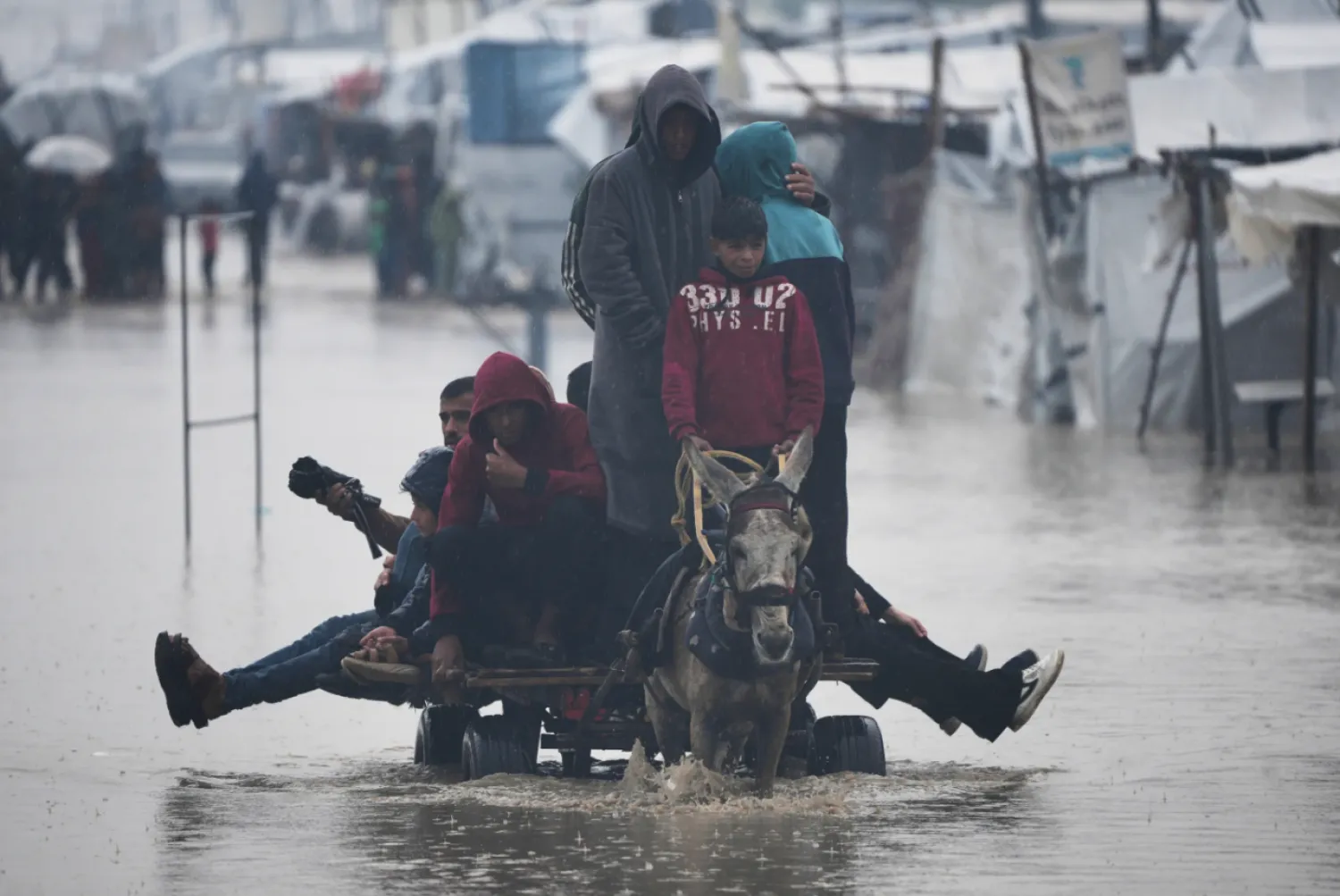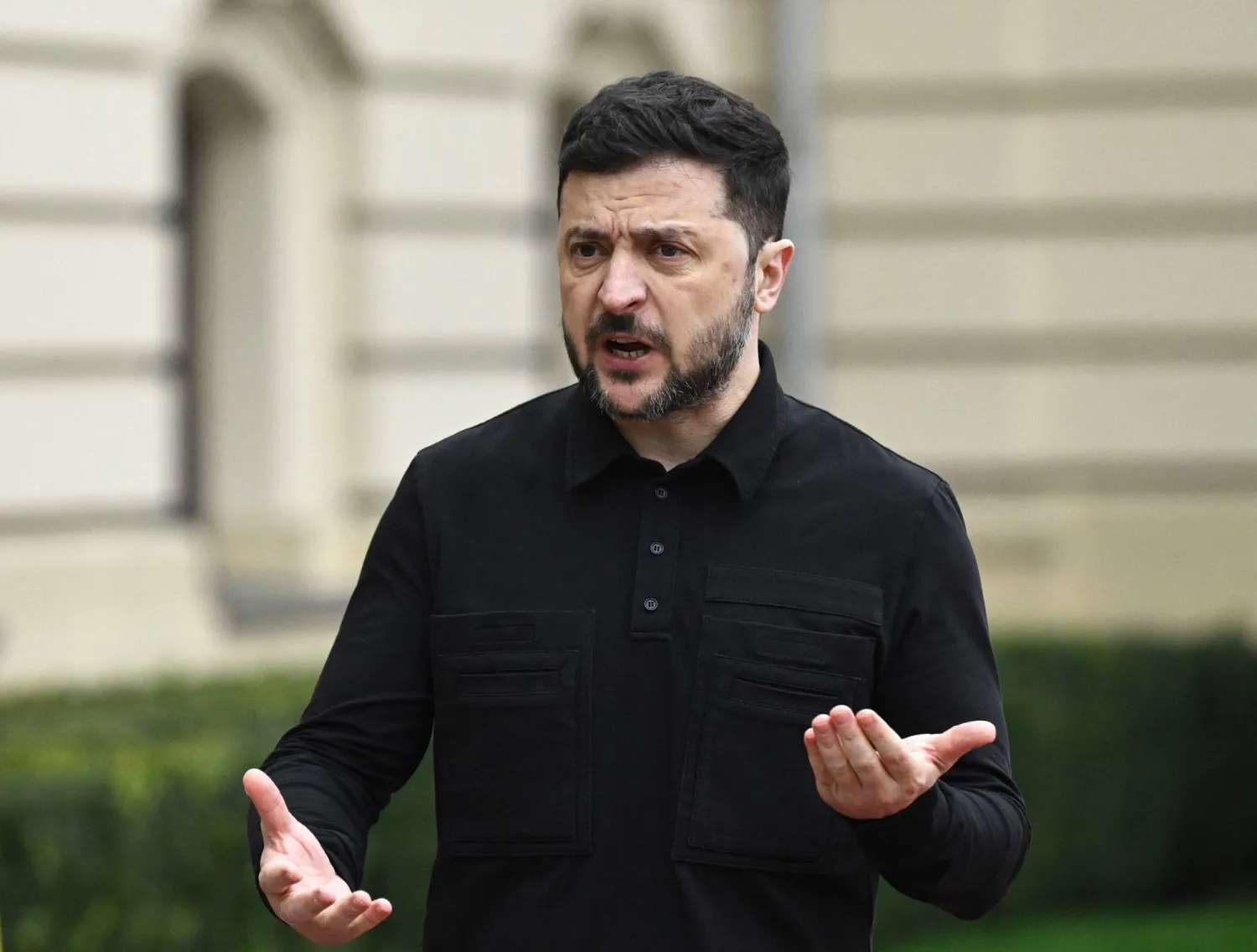The long years of war in Syria did not only leave behind millions of victims and vast destruction, but also created new demographic realities that changed the identity of areas nationwide.
In the Syrian capital’s southern countryside lies a town, Sit Zaynab, which is home to the Shrine of Sayyida Zaynab and is the destination of thousands of Iranian, Iraqi, Lebanese, Afghan, and Pakistani visitors.
Many recount how the town feels like it no longer feels Syrian. The only character reminiscent of the town’s Syrian identity is the handful of Golan refugees who relocated to Sit Zaynab after the June 1967 war and the other internally displaced people who moved there during the years of war.
Another new development that altered the town’s identity was the influx of foreign fighters, who “liberated” the city from the armed opposition factions that controlled it for two years (from the start of the Syrian uprising in March 2011 until the beginning of 2013).
The foreign fighters who flocked to Sit Zaynab from Iran, Iraq, Lebanon, Afghanistan and Pakistan, and worked under Iran's command, were driven by defending the shrine, while the fighters of the armed opposition factions believed that the liberation of the town was a prelude to the liberation of southern Damascus.
Even though the conflict over the town has become a thing of the past, locals in Sit Zaynab have grown accustomed to segregation brought about by zones of influence. Neighborhoods have been isolated by military checkpoints and cement blocks.
While the presence of armed groups has apparently declined in the town’s streets, locals told Asharq Al-Awsat that a new dispute has arisen between influential strongmen and Syrian security authorities.
Although years have passed since the regime’s army and Iranian militias regained control of Sit Zaynab, foreign fighters are preventing shop owners, who have left the town, from returning.
Local sources said the leaders of foreign fighters had bought off several shops in the town and are in the process of taking over more.
Sit Zaynab is considered one of the top four Shiite destinations in the world, after Iraq’s Najaf and Karbala and Iran’s Mashhad.
Annual rent in Sit Zaynab ranges between SYP 10 million and SYP 20 million. The town is home to around 500 shops, more than half of which are shut.
Besides looking to own shops, foreign fighters are also transforming the town’s large residential complexes into hotels for hosting visitors, pilgrims, and even more foreign fighters.
Sub-boulevards now include one or two hotels to accommodate “visitors” and foreign fighters.
Nowadays, Sit Zaynab has around 40-50 hotels that were established by leaders of foreign fighters who paid large sums of money to seize the premises. They also bought smaller properties within the town to accommodate themselves.
These moves by warlords indicate that they are eyeing control over the town’s post-war economy.
Socially, a heterogeneous mixture exists in the town. It is made up from the remnants of Sit Zaynab’s original residents, the Golanis displaced in 1967, the Idlibis displaced from the villages of Al-Fua and Kefraya, the Palestinian refugees, and the Iranian, Iraqi, Lebanese, Pakistani and Afghan fighters.
Economists told Asharq Al-Awsat that deteriorating economic conditions could exacerbate friction between these demographics. But an economic and commercial boom can ease these tensions.
In addition to the groups of foreign fighters, Syrian security services are active inside the town, but their role is no more powerful to the role of the groups controlling Sit Zaynab.
Local sources told Asharq Al-Awsat that “the security services support the survival of original locals and those arriving from inside Syria.”
In Old Damascus, it has been almost a year since the checkpoints run by Iran and its affiliated militias have disappeared from the neighborhoods of Touma, al-Joura, al-Amin, al-Amarah and Zayn al-Abedeen. This was followed by a slight return of groups of pilgrims from Lebanon, Iraq and Iran after they resumed shrine tourism programs that were suspended due to the coronavirus pandemic.
Not only did Iran’s affiliates remove their checkpoints from Old Damascus, but also Iranian goods were withdrawn from the capital’s markets. Between 2011 and 2016, Iranian goods had swept Damascene markets.
Iranian exports to Syria increased between 2011 and 2017, from $361 million to $869 million.
Syria turned into a veritable market for Iranian products, and the value of Iranian goods exported to Syria from 2012 to August 2017 amounted to about $313 million, while Syrian exports did not exceed $91 million.
However, these goods were not accepted and popular, and notably, most of the population turned to smuggled goods from neighboring countries.
In an interview with Asharq Al-Awsat, however, well-informed experts dismissed the importance of the apparent retreat of foreign fighters in Old Damascus.
They point to talks about Iran buying, through networks of institutions, dealers, and Iranian banks, real estate, homes, shops, and hotels in Old Damascus.
Observers believe that Iran will likely restore its influence in the areas from which it has retreated. With Russia preoccupied with its war in Ukraine, Tehran is carrying out the process of filling the vacuum left by Moscow in Syria.









